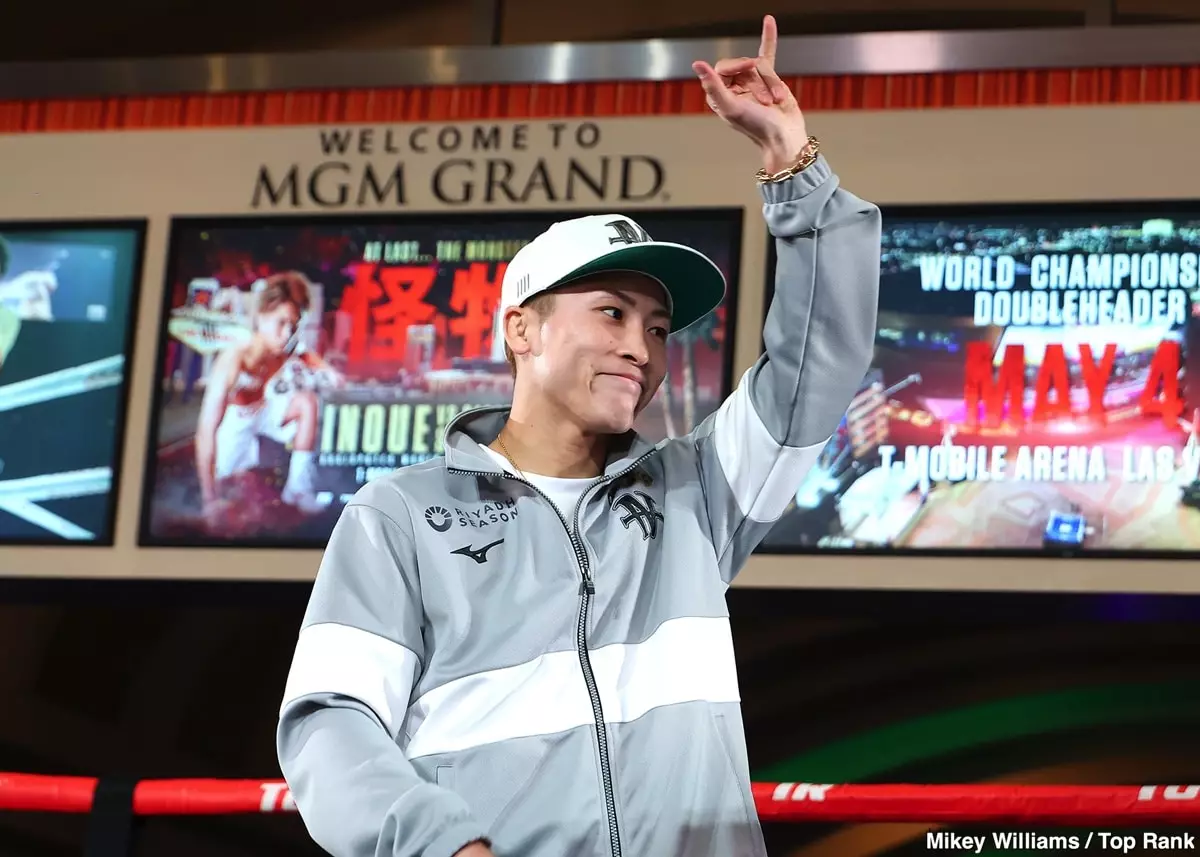In an era where combat sports are exploding in popularity, boxing fans recently found themselves in a state of disillusionment, thanks to two heavily marketed fight cards in major global cities — Times Square, New York and Riyadh, Saudi Arabia. Anticipation ran high, with expectations for exhilarating bouts cranked up to an almost feverish pitch. However, what unfolded was a agonizingly low-output display that fell short of delivering the excitement that fans crave.
The unfortunate reality is that the weekend showcased two main events that became notorious for their lack of action. The fight between Rolly Romero and Ryan Garcia not only garnered media attention but also landed one of the lowest punch-output statistics since the inception of CompuBox in 1985. Romero threw a meager 57 punches while Garcia managed a dismally low 66 — a heartbreaking statistic for a sport where brawling is the essence. This fight didn’t merely fail to meet expectations; it set alarming benchmarks for just how unengaging a boxing match can be.
Fight Statistics: Analyzing the Punch Drought
Digging deeper into the numbers highlights the disappointment. Romero and Garcia’s brawl ranked 4th on the list of lowest connect percentage fights, while the co-main event between Devin Haney and Jose Ramirez found itself at 6th position, further validating the lethargy that enveloped the card. The Haney-Ramirez clash turned out to be much more of a chore than a competitive engagement, showcasing how anticipation can sour into tedium in just a few rounds.
In addition, the boxing world looked to Canelo Alvarez’s bout against William Scull for some reprieve. Fans hoped that Alvarez would turn the tide, rejuvenating the weekend’s reputation with his renowned explosive style. Instead, the fight further cemented the weekend as one to forget, not for displays of athleticism but rather for records of inactivity — Canelo landed an astonishingly low 56 punches against Scull’s 55. When top-tier fighters fail to meet the bar, it creates a glaring gap in expectations versus reality that boxing continues to grapple with.
A Need for Action: The Impact on Fans
This collective disappointment begs the question — what does this mean for dedicated fans who pay substantial amounts for pay-per-view tickets? With exorbitant prices comes the expectation of thrilling action, jaw-dropping punches, and decisive finishes. Instead, audiences were treated to a series of drawn-out matches characterized more by caution than aggression.
As the dust settled on these cards, attention shifted to the long-awaited fight featuring “The Monster,” Naoya Inoue, against Ramon Cardenas. Here lay the last hope for boxing fans, a chance to witness a rejuvenation of excitement. Inoue, known for his incredible knockout power, was heralded as the savior of the weekend. If there’s anyone who is capable of breaking this tragic puzzle of punch output, he’d be the one.
Future Prospects: Time for Change
The boxing landscape finds itself at a crucial juncture. With nearly three decades of data underscoring the struggle for elite fighters to engage in action, the sport must collectively address the apparent lack of enthusiasm that is becoming increasingly prevalent. While some high-stakes fights have drawn the masses, the failure of headline match-ups to deliver on their promise indicates a need for a cultural shift within the sport.
The question looms: as boxing promoters and matchmakers strategize for future events, will they learn from this weekend’s calamity? Ideally, they would pivot toward crafting encounters that emphasize aggression, competitiveness, and fan enjoyment rather than sheer survival.
In a world where viewership heavily relies on adrenaline, participation, and relentless excitement, the boxing community must rise above the mediocrity that has recently come to define its marquee events. Because at the end of the day, what captivates boxing fans is not merely the names on the ticket but the blood, sweat, and relentless pursuit of victory within the ring. If this weekend showed us anything, it’s that a lack of action could lead to the degradation of interest in an art form that’s as violent as it is beautiful.

